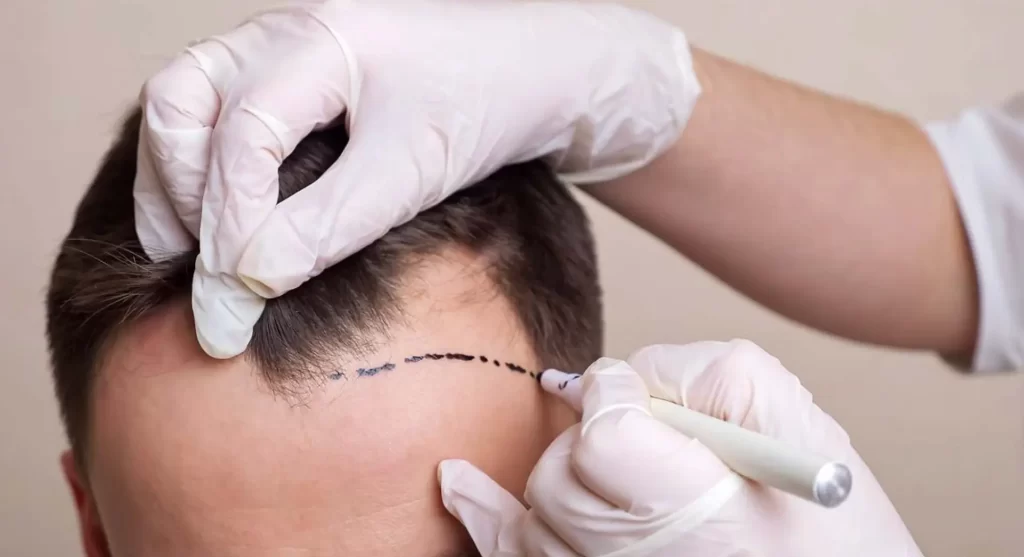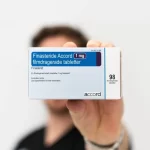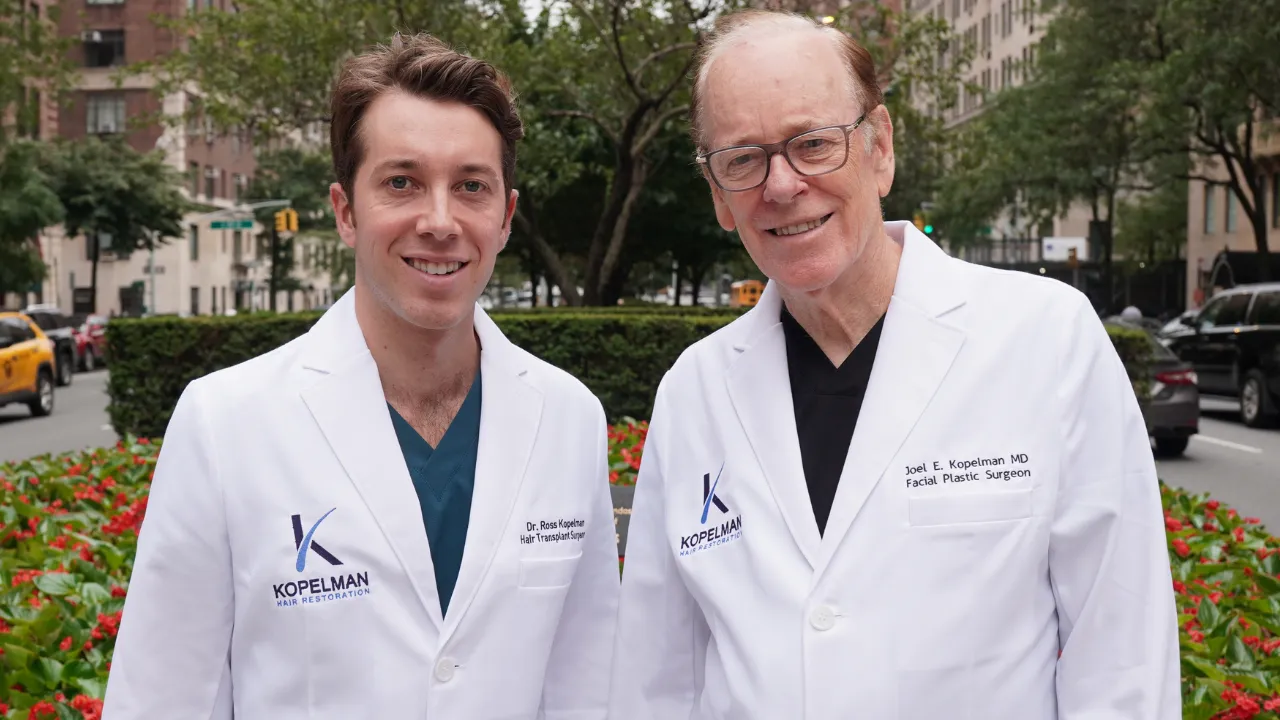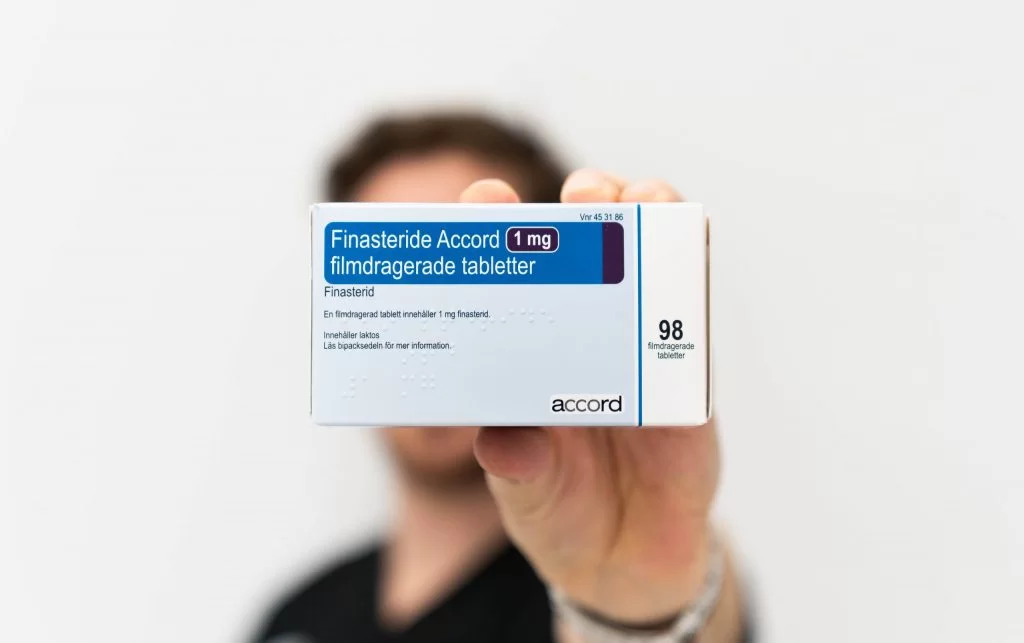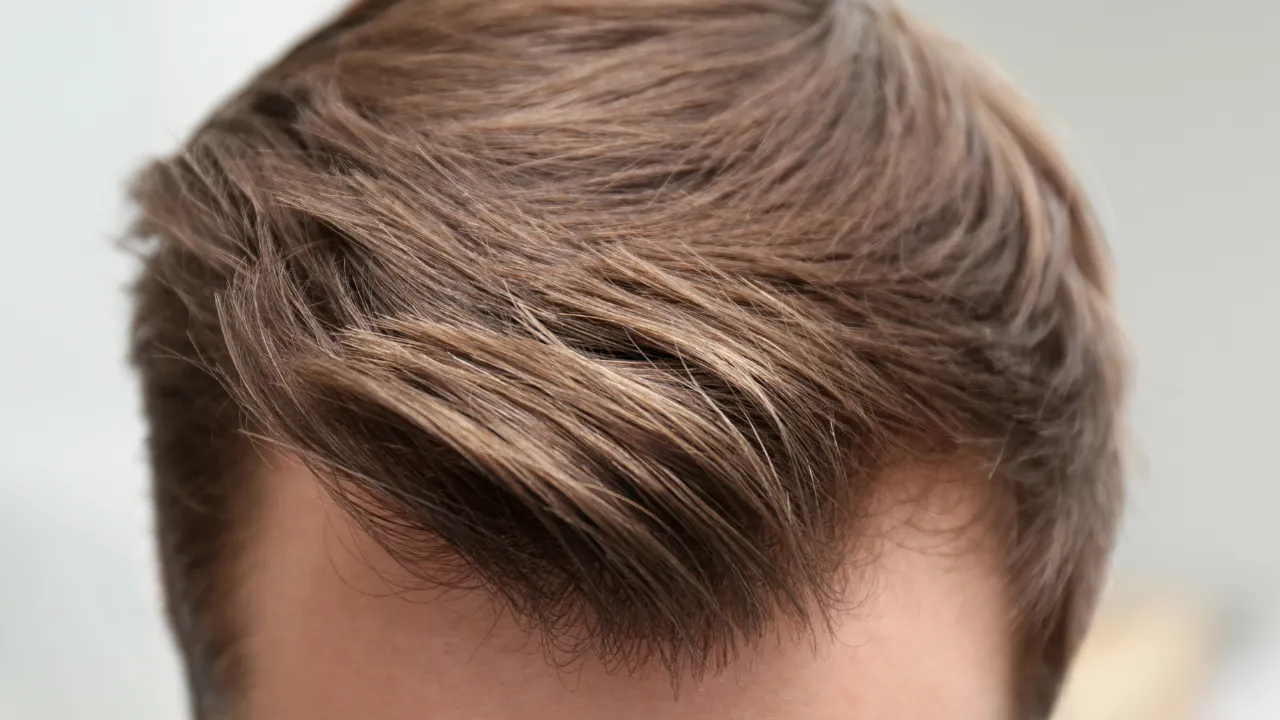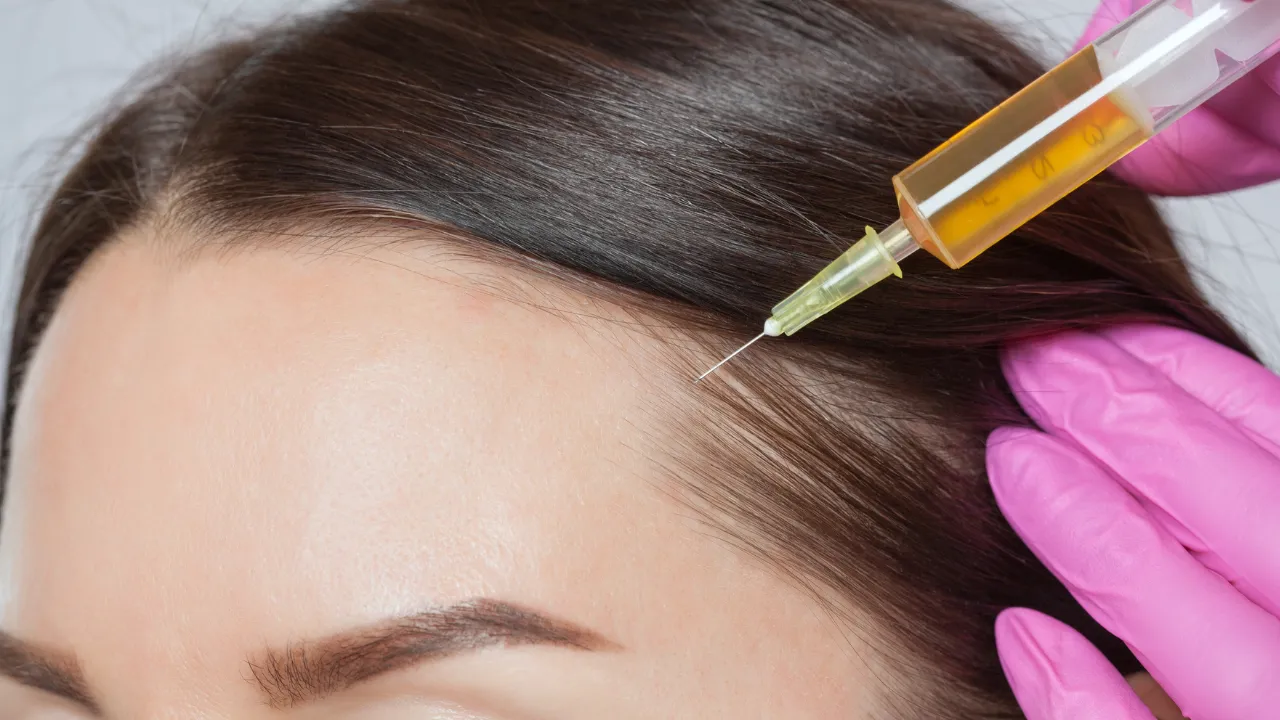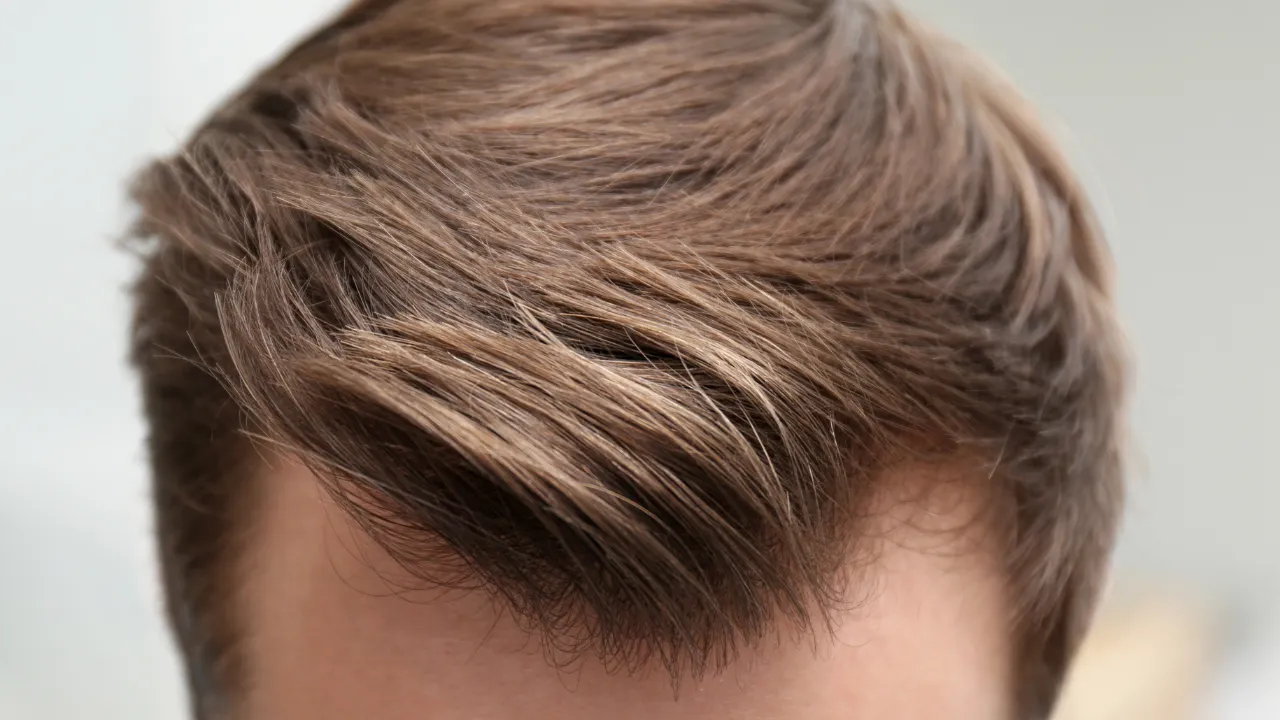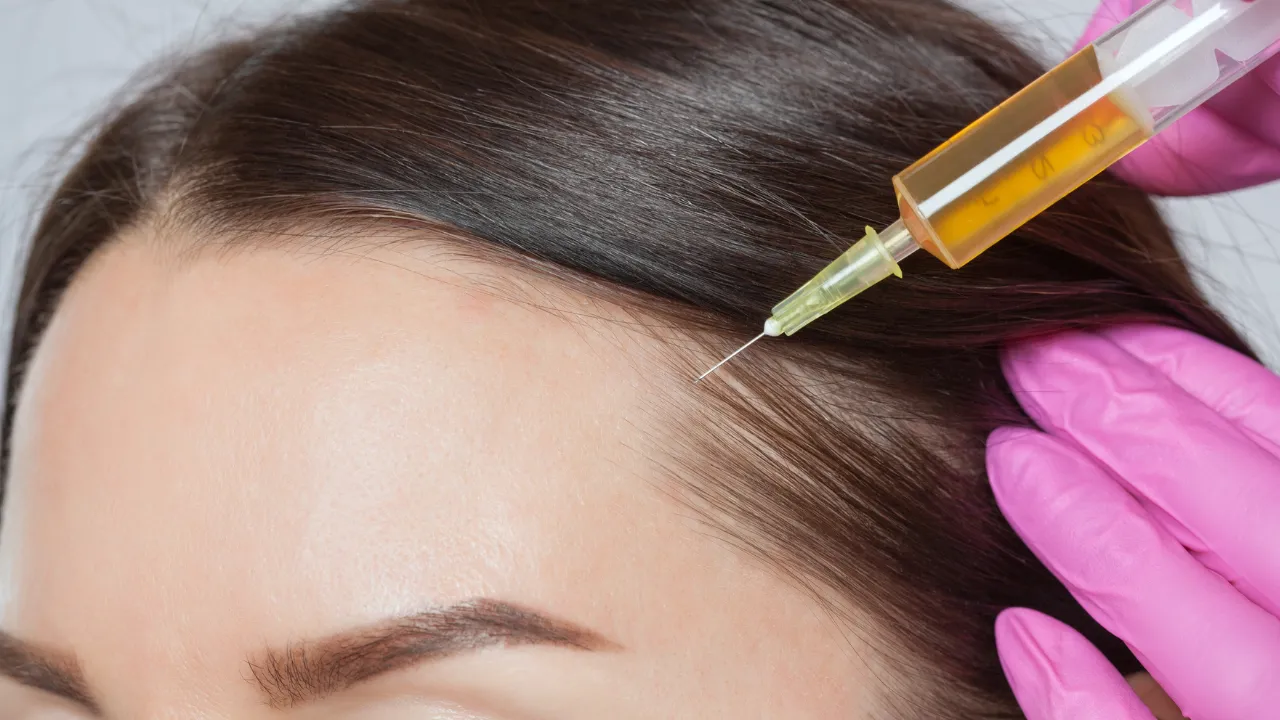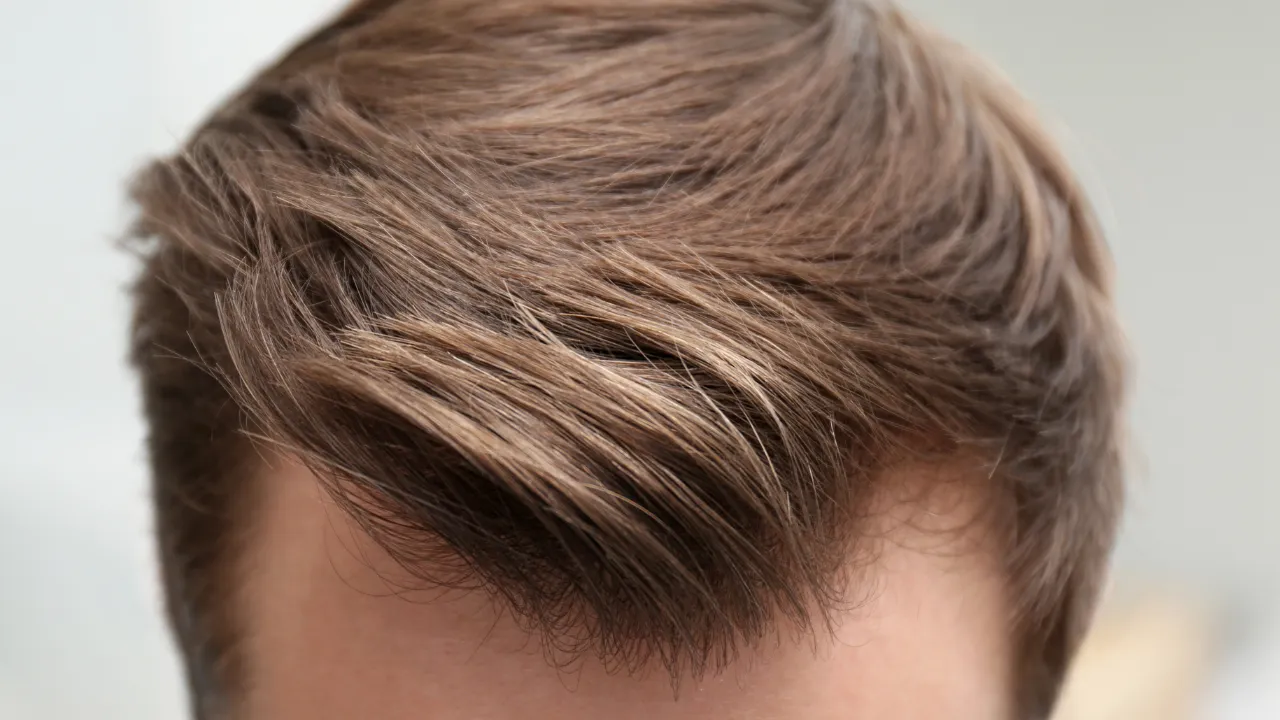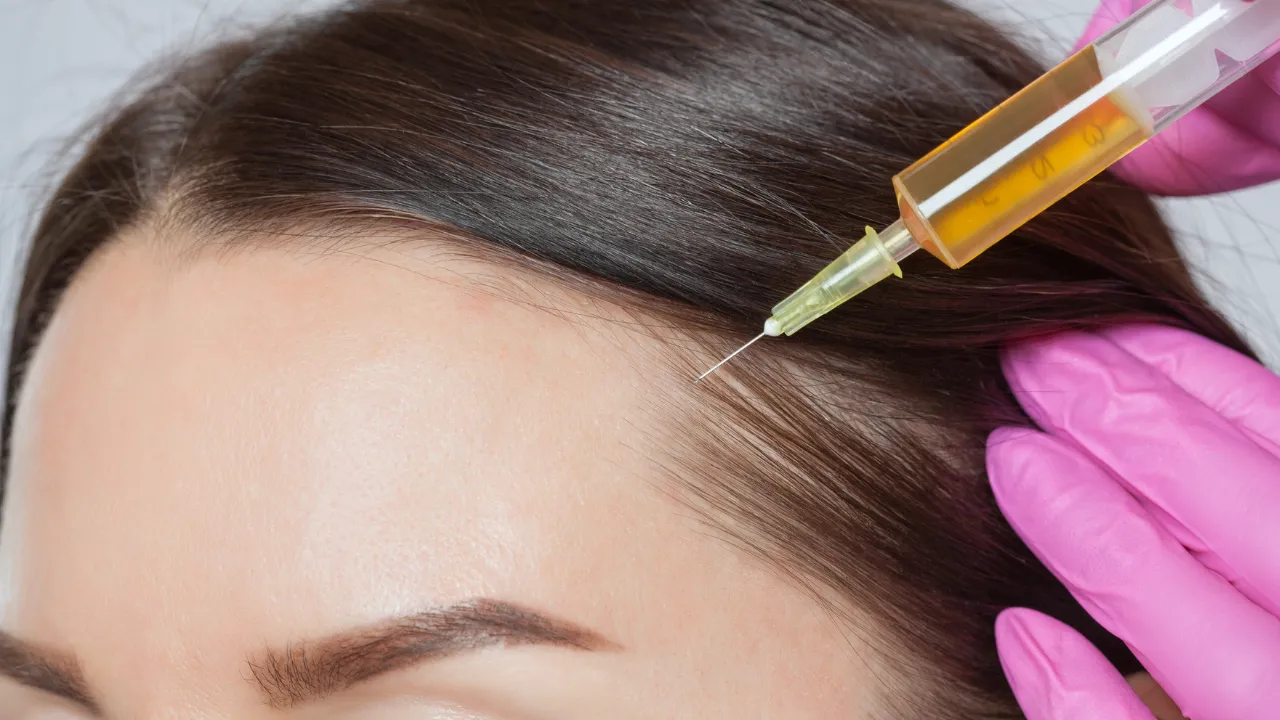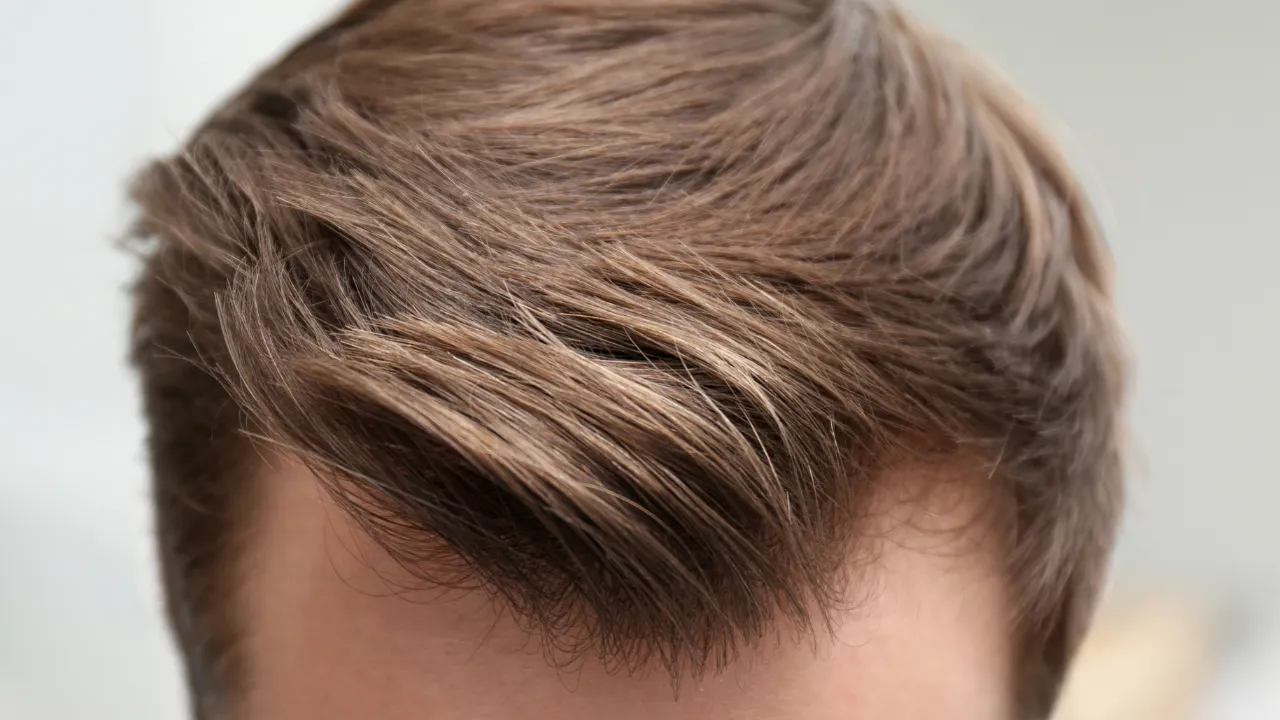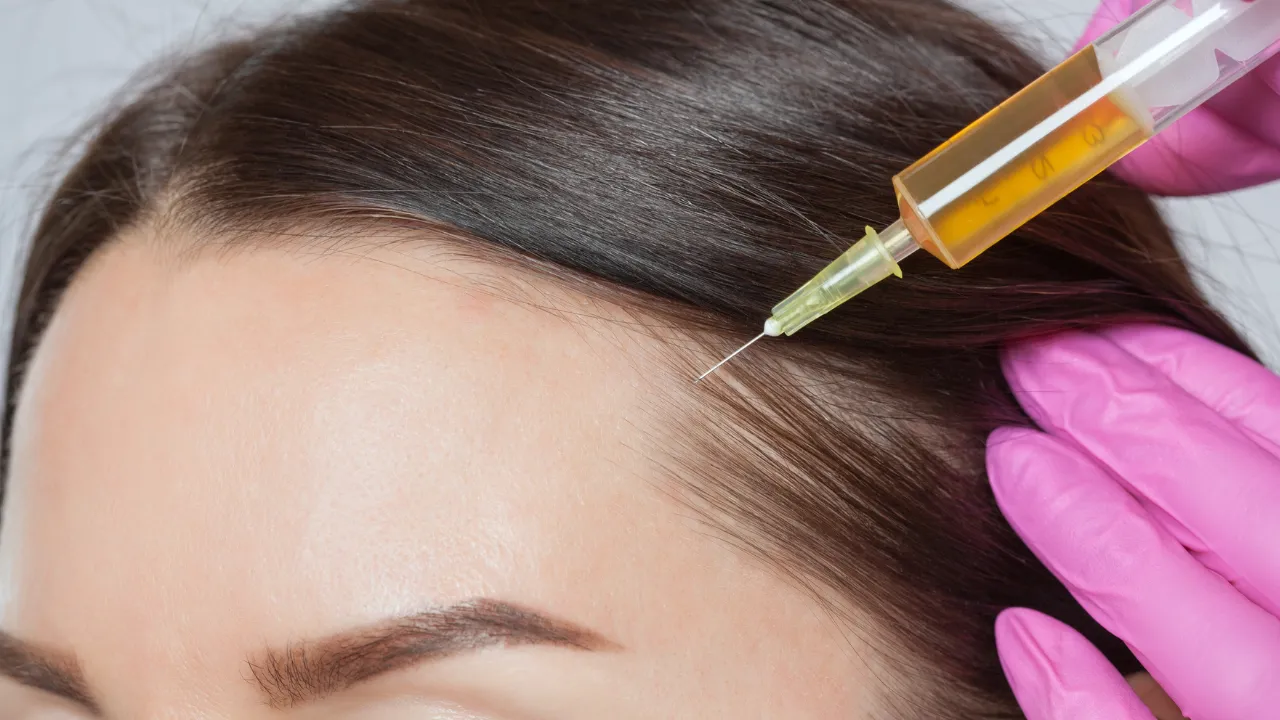Table of Contents
ToggleThe hair transplant death rate is fewer than one in 50,000 cases worldwide. The death rate from hair transplants is extremely low, making it one of the safest cosmetic procedures when performed by a qualified medical professional. Fatal complications are rare and usually occur in patients with undisclosed health issues or in clinics that lack medical supervision.
At licensed facilities such as Kopelman Hair, patients receive thorough evaluations, continuous monitoring, and expert guidance during recovery. Choosing a board-certified surgeon ensures professional care, strict safety standards, and natural-looking, lasting results.
Key Takeaways
- Severe outcomes typically occur in unlicensed or poorly supervised clinics.
- A board-certified surgeon like Dr. Ross Kopelman minimizes all surgical risks.
- Proper screening and sterile environments make transplants one of the safest procedures.
- Following aftercare instructions supports smooth healing and long-term success.
Understanding the Hair Transplant Death Rate
Hair transplant surgery is one of the safest aesthetic treatments available. The global death rate is under one in 50,000 cases, and most complications occur in patients with serious medical conditions or at non-regulated clinics.
When performed by an experienced surgeon in a certified facility, this procedure carries minimal risk. Most rare complications stem from unrelated health issues such as heart conditions, anesthesia errors, or infections caused by unsanitary tools. A qualified medical team identifies and manages these risks before surgery begins to ensure patient safety.
Why Rare Deaths Have Occurred
When deaths are reported, they almost always occur in unsafe or unregulated settings. Non-medical operators may use unsterile equipment, skip vital monitoring, or let untrained staff assist during surgery.
Common Causes Include
- Incorrect anesthesia dosage or lack of monitoring.
- Undiagnosed heart or lung conditions.
- Poor hygiene or contaminated instruments.
- Clinics that skip medical screenings to reduce costs.
These problems are avoidable in accredited clinics where qualified professionals follow medical protocols and maintain sterile equipment.
How Surgeons Keep Patients Safe
Experienced surgeons use strict safety procedures before, during, and after surgery. At Kopelman Hair, every patient completes a full medical evaluation to confirm suitability for anesthesia and transplantation.
Essential Safety Measures
- Medical review: Evaluates history and medications for potential risks.
- Pre-operative testing: Confirms readiness through lab work.
- Continuous monitoring: Tracks oxygen, heart rate, and blood pressure.
- Qualified team: Only certified surgical technicians assist.
- Personalized recovery: Clear guidance ensures safe healing.
These steps keep patients safe and ensure smooth recovery.
Common Hair Transplant Risks
Most side effects are mild and temporary, resolving within days or weeks. Patients may notice light swelling, slight bleeding, or mild itching around the treated area.
These are normal parts of healing. Dr. Ross Kopelman and his team guide patients through recovery to ensure comfort and natural results.
Expected Side Effects After Surgery
Minor side effects like redness, swelling, or “shock shedding” — when transplanted hairs temporarily fall out — are common. These short-term effects usually fade within one to two weeks. Following medical instructions, using prescribed products, and avoiding scratching or sunlight exposure help speed recovery.
Why Choosing the Right Clinic Matters
Clinic selection plays a major role in safety and results. Some low-cost centers reuse instruments, skip screenings, or allow non-doctors to perform surgical steps. These shortcuts increase infection and scarring risk.
Qualified clinics maintain sterile facilities, monitor patients closely, and follow medical protocols. Under Dr. Ross Kopelman’s supervision, every procedure meets the highest standards of safety and surgical precision.
How Health Conditions Affect Safety
A patient’s health determines how well they tolerate surgery. Some conditions require extra precautions but do not automatically disqualify someone.
Conditions That May Increase Risk
- Heart disease or hypertension.
- Uncontrolled diabetes.
- Blood clotting disorders.
- Heavy tobacco or alcohol use.
When patients share complete medical information, the surgeon can adjust anesthesia, modify techniques, or prescribe preventive medications to ensure safety.
What Happens During Surgery
Modern procedures use two main methods — Follicular Unit Extraction (FUE) and Follicular Unit Transplantation (FUT). Both are safe when performed by trained professionals.
Typical Surgical Steps
- Clean and numb the scalp with local anesthesia.
- Extract hair grafts from the donor area, usually the back of the head.
- Implant grafts into thinning or bald zones.
- Monitor vital signs throughout surgery.
Patients remain awake, comfortable, and fully supervised throughout the procedure.
What to Expect After Surgery
Recovery begins immediately after the procedure. Patients should follow post-care instructions carefully to prevent infection and promote healing.
Post-Surgery Care
- Keep the scalp dry and clean.
- Avoid heavy activity or direct sunlight.
- Sleep with the head elevated.
- Take prescribed medication as directed.
Most patients return to normal routines in a few days and see visible growth within several months.
Why Medical Settings Prevent Complications
A safe environment is just as important as surgical skill. Certified facilities maintain sterile, single-use tools, trained personnel, and emergency readiness. Continuous monitoring during anesthesia and strict hygiene standards almost eliminate infection risk and serious complications.
Our medical team maintains these safeguards to ensure patient safety from consultation to recovery.
Expert Oversight by Dr. Ross Kopelman
A recognized expert in surgical and non-surgical hair restoration. He performs both FUE and FUT transplants, along with eyebrow, beard, and eyelash procedures.
With decades of experience and a family legacy in hair restoration, he provides tailored treatment plans focused on safety, precision, and natural results.
How Patients Can Reduce Their Own Risk
Patients can help ensure safe surgery by preparing properly and following all medical instructions.
Practical Tips
- Stop smoking and drinking alcohol two weeks before surgery.
- Follow all fasting and medication guidelines.
- Rest well and eat balanced meals beforehand.
- Report any chest pain, dizziness, or unusual symptoms.
- Avoid touching or scratching the scalp during recovery.
These habits support faster healing and better outcomes.
Comparing Global Safety Standards
@drkopelman Why You Shouldn’t Fly to Turkey for a Hair Transplant Traveling to Turkey for a hair transplant might seem appealing due to lower costs, but there are critical risks to consider. One major concern is postoperative care. Hair transplants require close follow-up to ensure proper healing, monitor graft survival, and address potential complications like infections or scarring. When you undergo a procedure overseas, you may not have access to your surgeon once you return home, leaving you without the necessary support for optimal recovery. Another significant issue is the lack of emphasis on comprehensive treatment plans, including medications. Many clinics abroad focus solely on the procedure, neglecting the importance of medications like finasteride or minoxidil to maintain existing hair and improve the long-term success of the transplant. Without these medications, the results of your surgery may not meet expectations, especially as hair loss continues over time. Staying local for your hair transplant ensures you receive personalized care, access to your surgeon for follow-up, and a comprehensive treatment plan tailored to your needs. The convenience, safety, and superior outcomes of working with a trusted, board-certified hair surgeon far outweigh the potential savings of traveling abroad. Your hair is a long-term investment, and it deserves the best care possible. #HairTransplant #HairRestoration #TurkeyHairTransplants #HairTransplantRisks #AvoidTurkeyHairTransplants #TransplantTips #ScalpHealth #MedicalTravel #PostOpCare #TrustYourSurgeon #HairLossSolutions #HairTransplantUSA #Finasteride #Minoxidil #SafeHairTransplants ♬ original sound – Dr Kopelman 212 470 4076
Countries with strong medical regulations, such as the U.S. and U.K., maintain the lowest complication rates. Patients seeking low-cost treatments abroad often face greater risk due to weak oversight and poor hygiene.
Many reported complications abroad involve reused instruments, poor sanitation, or a lack of emergency equipment. Choosing a certified facility ensures care that meets international medical standards.
The Bottom Line on Hair Transplant Safety
When performed in a licensed medical setting, a hair transplant is an extremely safe procedure with a very low death rate. Most complications occur in unregulated clinics or among patients with undisclosed health conditions.
Selecting a board-certified, experienced surgeon provides unmatched safety, skill, and care. Kopelman Hair upholds the highest standards in medical practice, combining surgical precision with patient trust to deliver natural and lasting results.


